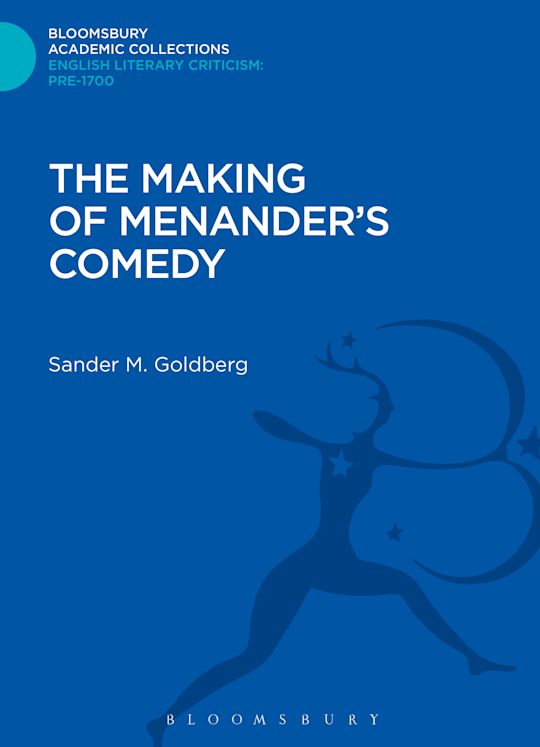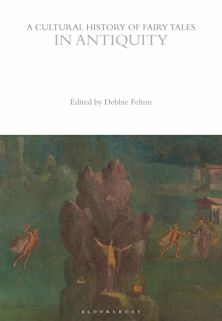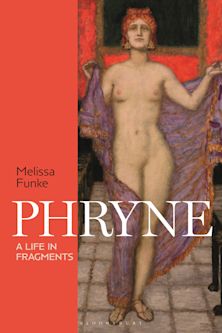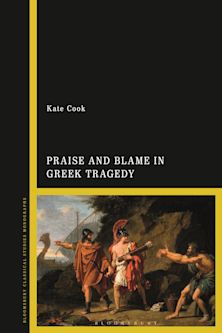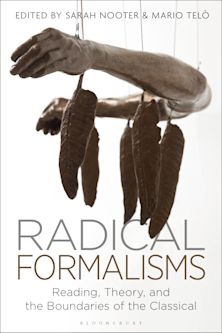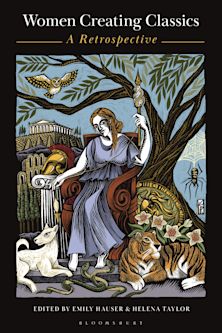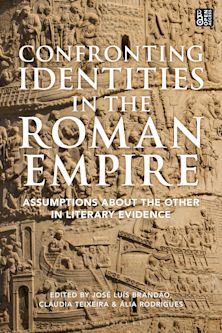- Home
- ACADEMIC
- Literary Studies
- Classical Literature
- The Making of Menander's Comedy
This product is usually dispatched within 1 week
- Delivery and returns info
-
Free CA delivery on orders $40 or over
You must sign in to add this item to your wishlist. Please sign in or create an account
Description
The discovery on papyrus of plays by Menander, the greatest writer of Greek New Comedy, at last makes possible an evaluation on his own terms of an ancient author who, through the adaptations of Plautus and Terence, profoundly influenced the course of western drama. The present study establishes a critical perspective for understanding the kind of comedy Menander wrote, his roots, the theatrical effects he sought, and the extent of his achievement. Chapters on the major plays analyse their techniques of construction and characterisation, suggesting both the strengths and the limitations of Menander's comic tradition.
This study is based on the Oxford Greek text but cites all ancient authors in translation to open the discussion to a wider audience. An introductory chapter places the tradition of New Comedy in the history of drama, and modern parallels are drawn wherever helpful. It will therefore be of value to students of drama as well as to classicists.
Table of Contents
II. Mapping the Terrain
III. Aspis (The Shield): The Mixture of Modes
IV. Perikeiromene (The Shorn Girl): Plot and Situation
V. Epitrepontes (The Arbitrants): The Refashioned Recognition
VI. Dyskolos (The Grouch): A Play of Combinations
VII. Samia (The Samian Woman): A Play of Successful Combinations
VIII. Menander and Life
Bibliography
Notes
Index
Product details

| Published | May 08 2014 |
|---|---|
| Format | Hardback |
| Edition | 1st |
| Extent | 148 |
| ISBN | 9781472514295 |
| Imprint | Bloomsbury Academic |
| Dimensions | Not specified |
| Series | Bloomsbury Academic Collections: English Literary Criticism |
| Publisher | Bloomsbury Publishing |
About the contributors

ONLINE RESOURCES
Bloomsbury Collections
This book is available on Bloomsbury Collections where your library has access.








